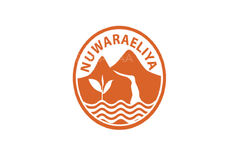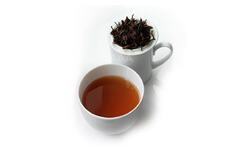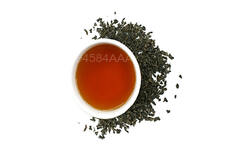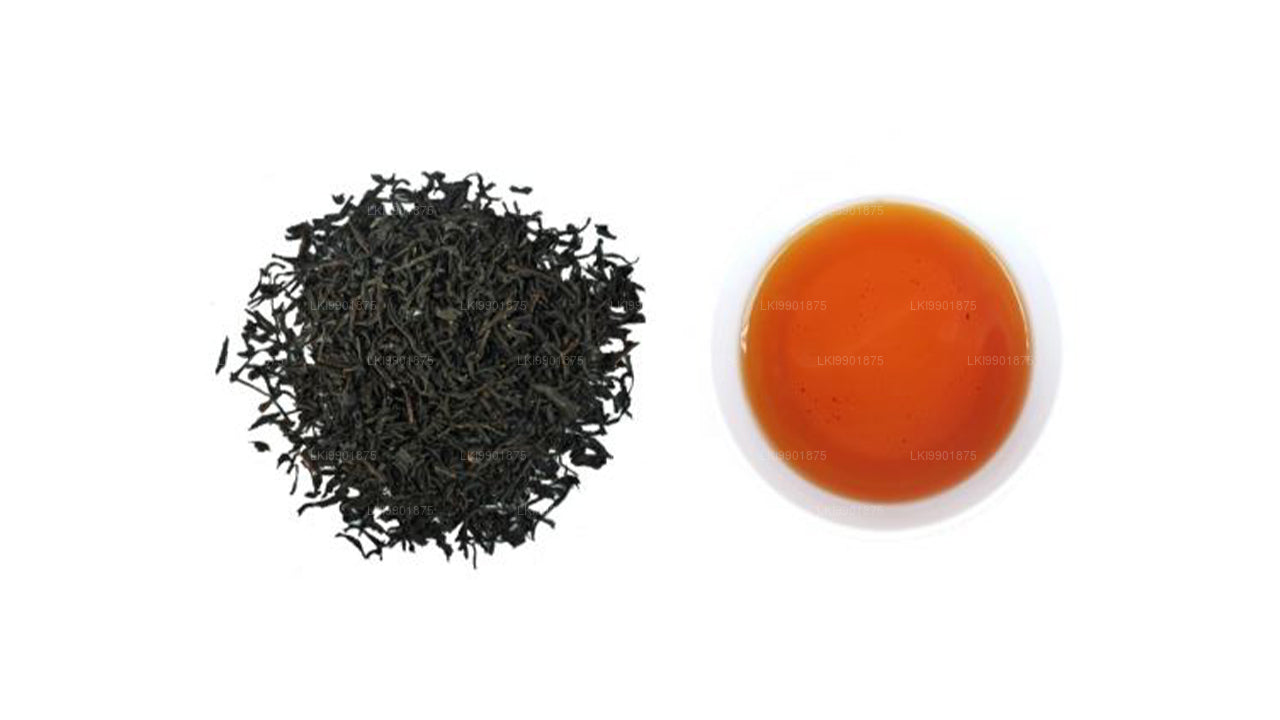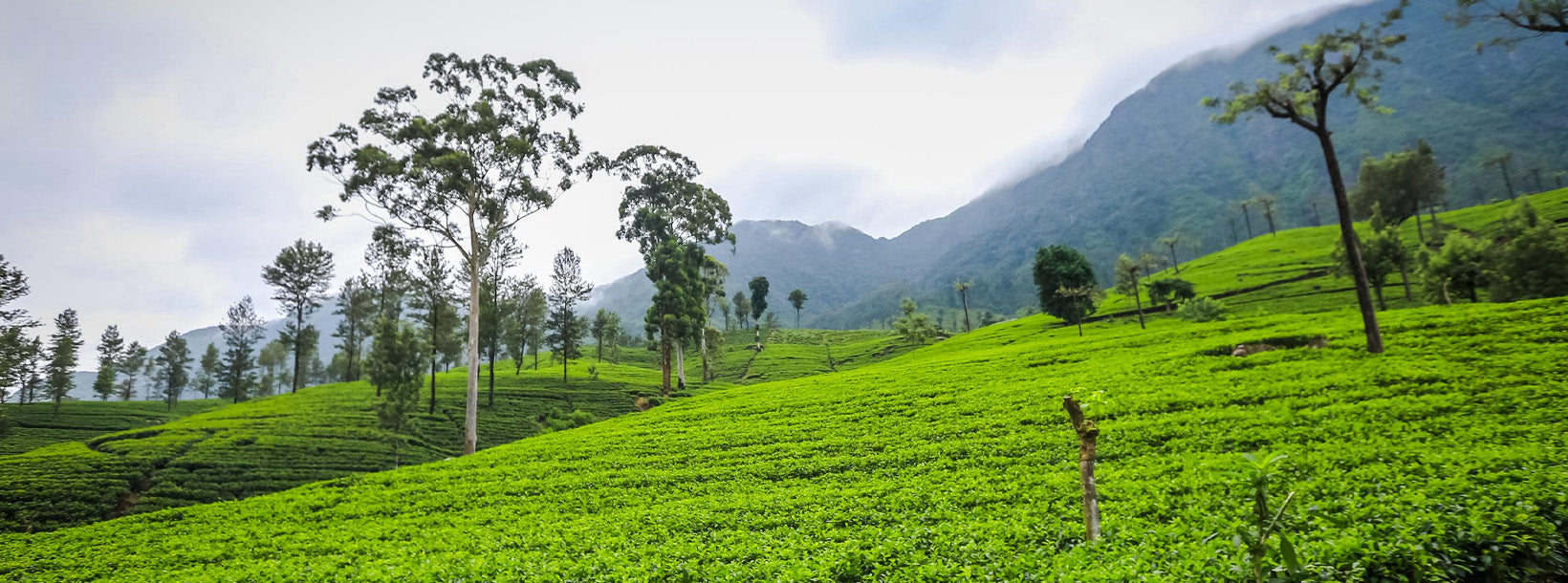
Teplantager
Sri Lankas teplantager, främst belägna i de centrala högländerna, är kända för att producera några av världens finaste teer. Dessa frodiga plantager, som de i Kandy, Nuwara Eliya och Hatton, erbjuder natursköna landskap och en rik historia. Plantagerna bidrar avsevärt till landets ekonomi och exporterar högkvalitativt Ceylon-te över hela världen.
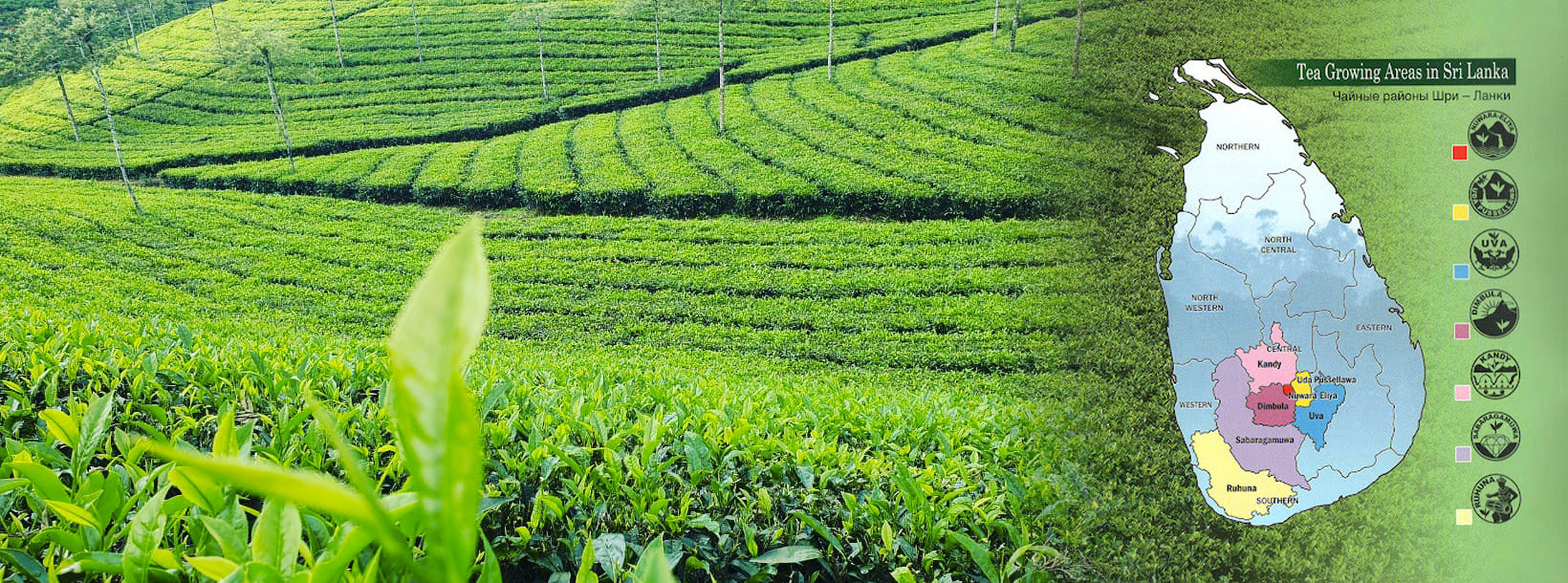
Ceylon teregioner
Brygden i din kopp har en historia att berätta. Den talar om böljande kullar, rikligt med solsken och frodiga provinser. I Sri Lanka produceras det mesta av teet i de centrala och södra provinserna. Varierande höjder och mikroklimat påverkar den distinkta smaken, färgen, aromen och säsongsbetoningen hos Ceylon-te.
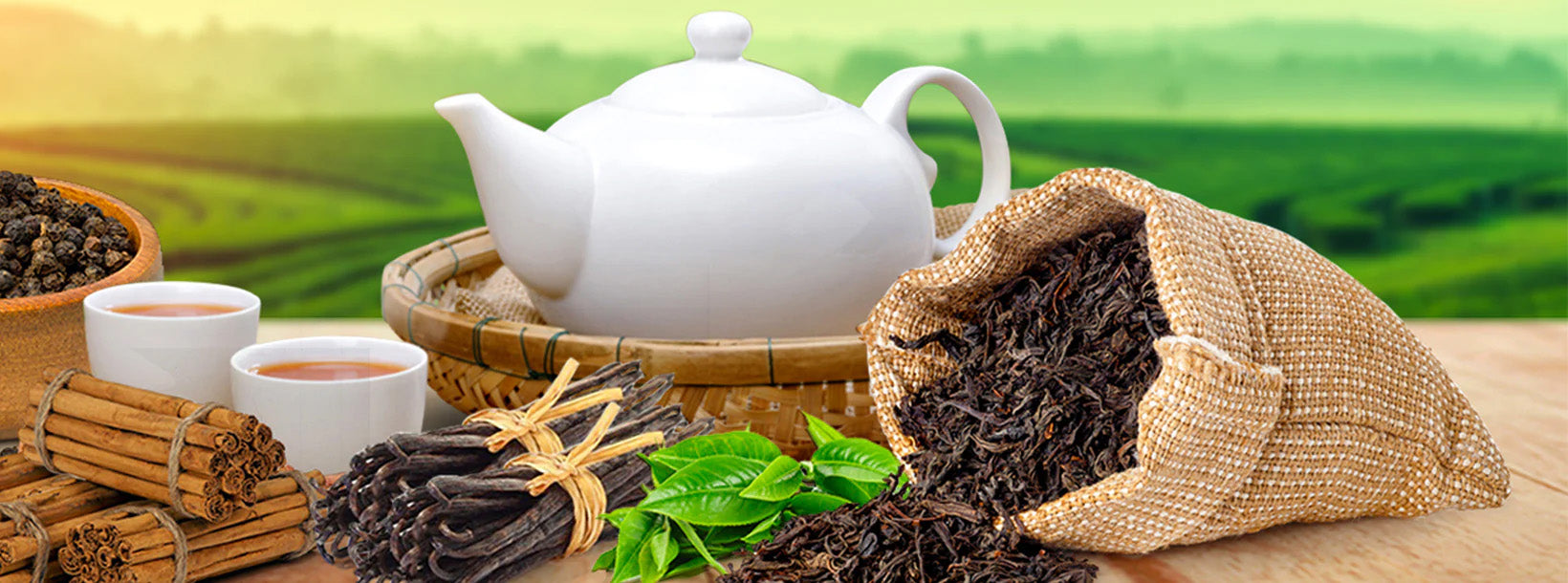
Ceylon svart tekvaliteter
Ceylon-te, som vi nu känner till, finns i olika varianter, som har unika smaker och aromer. Förutom de olika teerna finns det även olika grader som Ceylon-te har delat in.
Nuwara Eliya Tea
Nuwara Eliya is also the most rugged mountainous area, with the highest average elevation in Sri Lanka.
The average annual temperature varies between 11-20 C° and the recorded lowest temperature is 0.4 C° and the recorded highest temperature is 27.7 C°.
Monthly rainfall varies between 70-225 mm and has an average annual rainfall figure or precipitation of 1900 mm.
The maximum rainfall is generally in October and the minimum rainfall is in March. During the year it has a relative humidity between 65%-87%.
Nuwara Eliya tea enjoys two ‘quality seasons’, the eastern as well as the western.
High altitude and year-round low temperatures produce a very slow-growing bush. Therefore, it grows unusually small leaves that take on an orange hue – just a hint against the blackness – after withering.
Further, the infused leaf acquires a greenish-yellow tone. The infusion in the cup is the palest among all the regional varieties of Ceylon Tea, with a subtle golden hue and a delicate yet fragrant bouquet.
As same as the other area`s tea, Nuwara Eliya is also producing different grades. Excluding certain exotic varieties, the most sought-after is whole-leaf orange pekoe (OP).
And also, slightly less costly, though still expensive broken orange pekoe (BOP) comes from this area. Generally speaking, the smaller leaf particle size, the stronger and less subtle the tea.
Sabaragamuwa Tea
